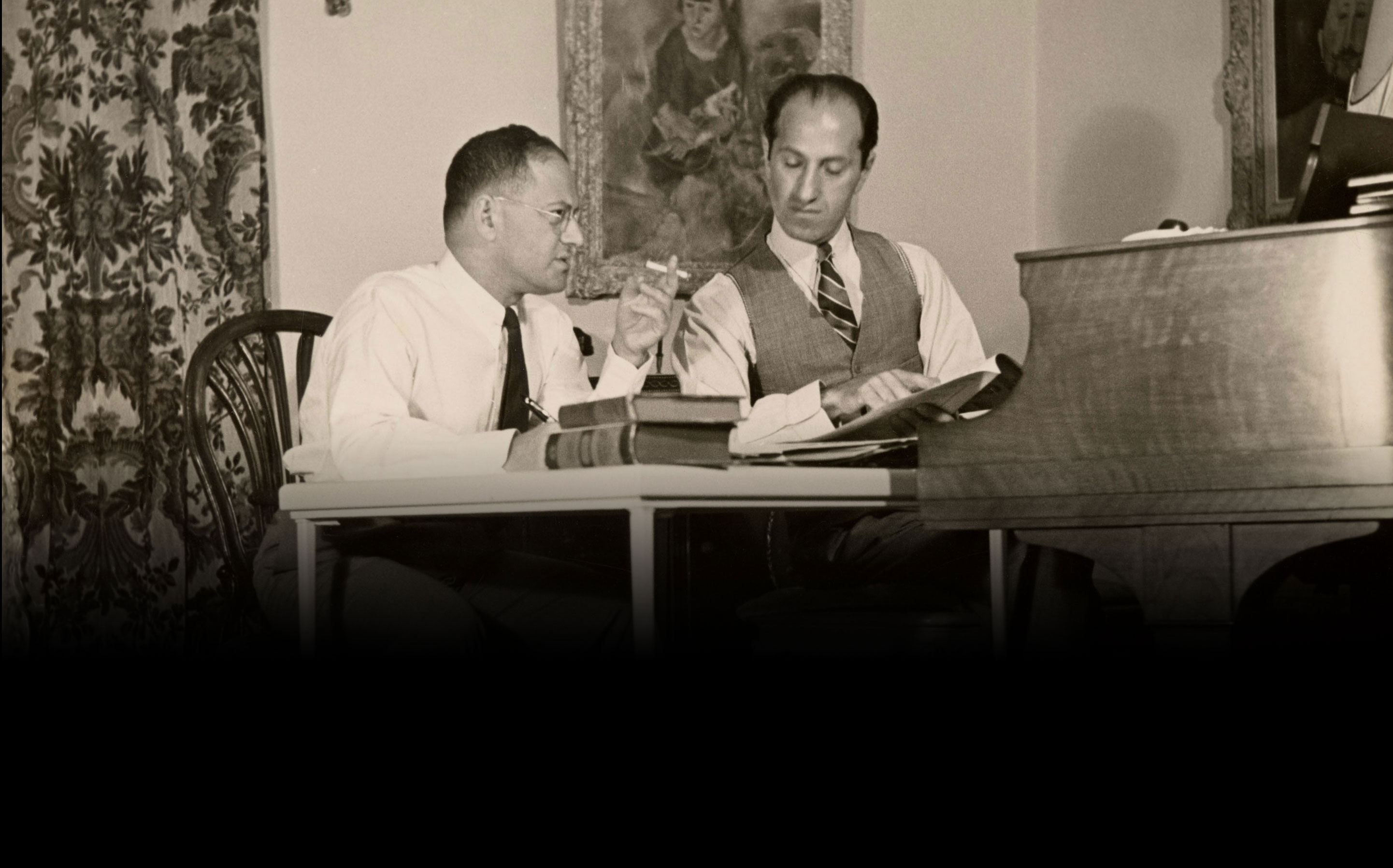From Flop to Top: The Story of “I’ve Got a Crush On You”
George and Ira Gershwin’s song “I’ve Got a Crush on You” is arguably one of their most famous creations. However, few people know that what made the song a hit was a change from a fast-tempo, Broadway dance piece into a leisurely, sentimental ballad. By: Rachel Fernandes “I’ve Got a Crush on You” I’ve got a crush on you, sweetie pie All the day and night time give me sigh I never had the least notion that I could fall with so much emotion Could you coo, could you care? For a cunning cottage we could share The world […]
